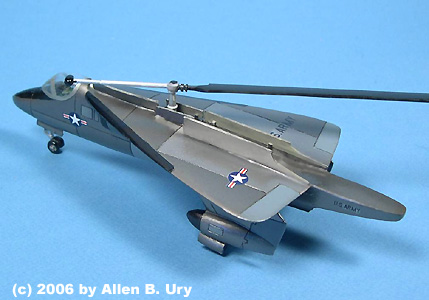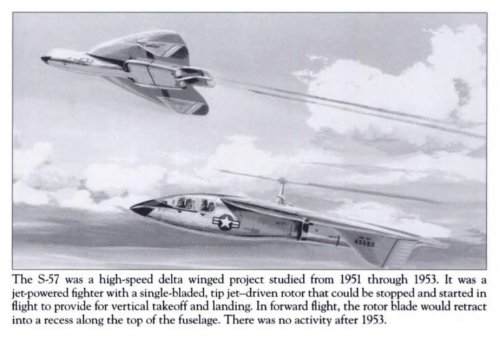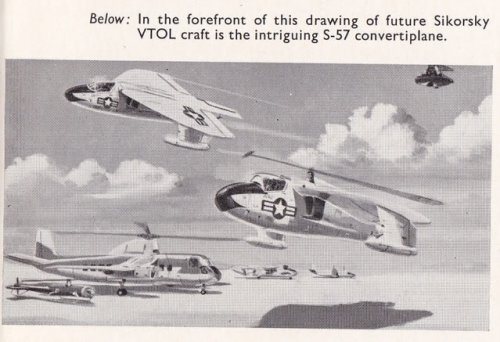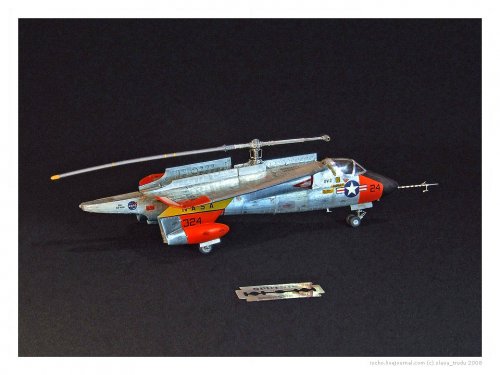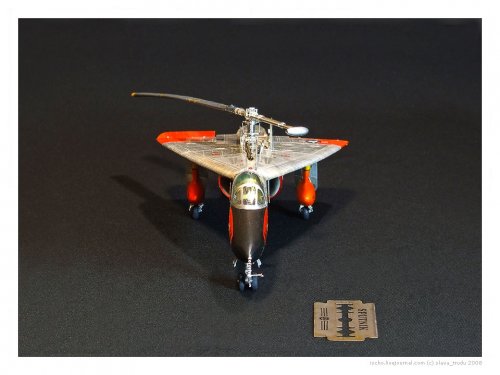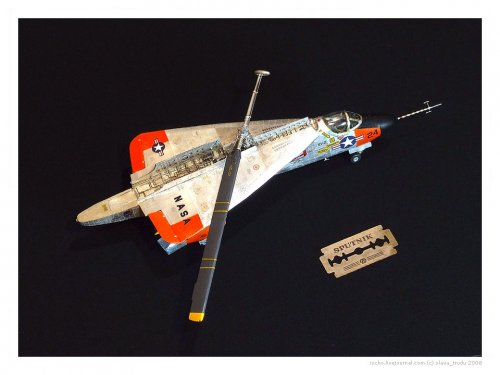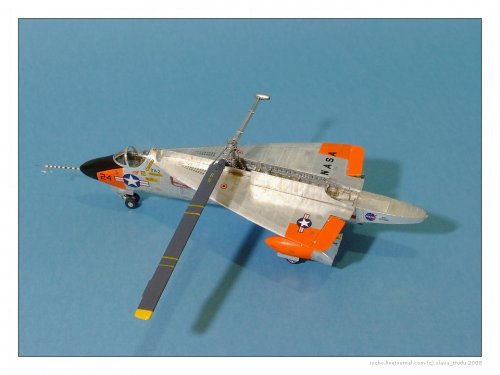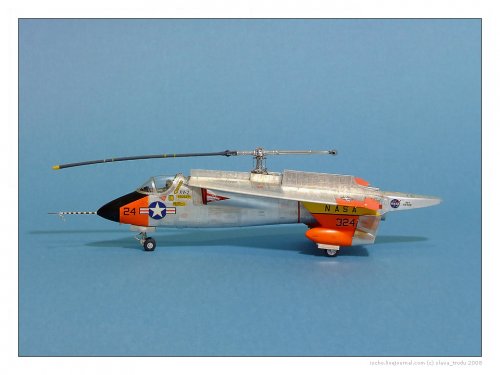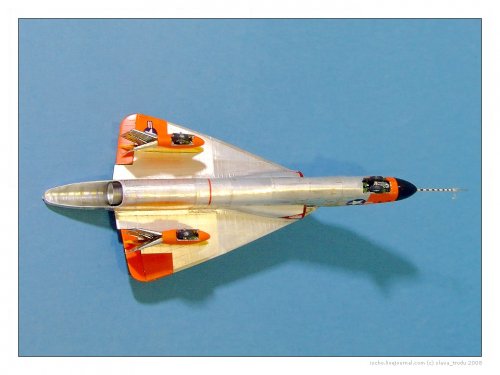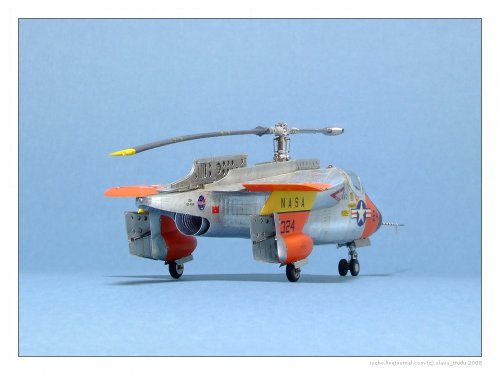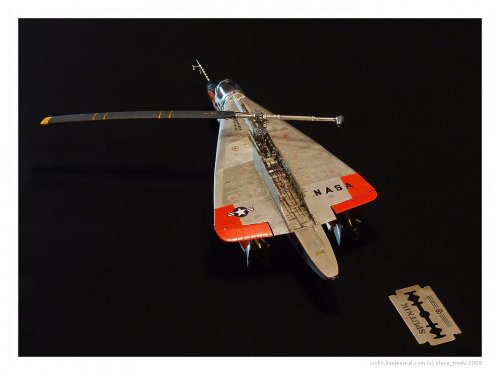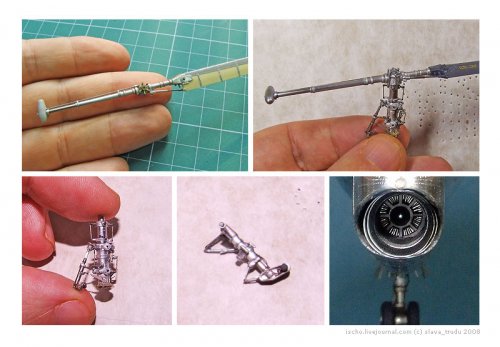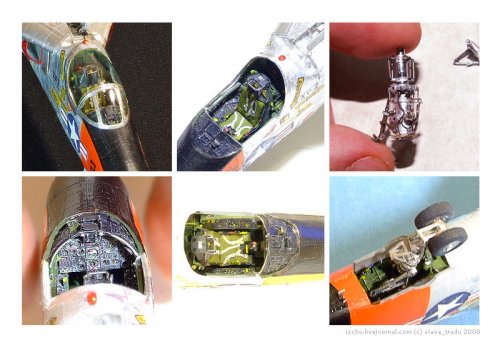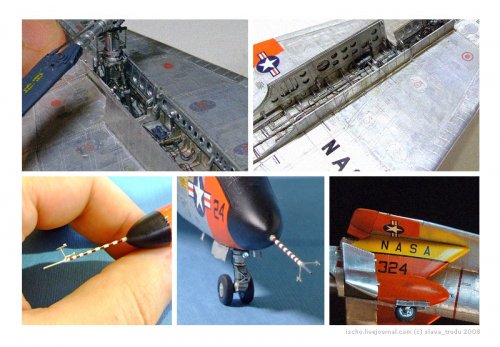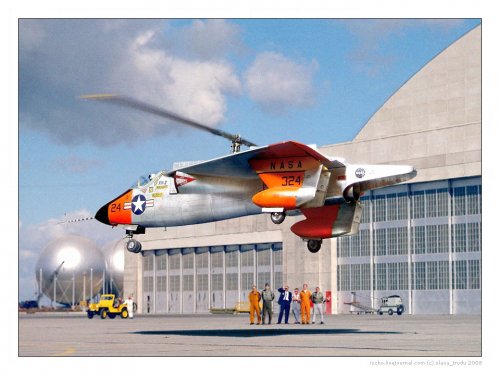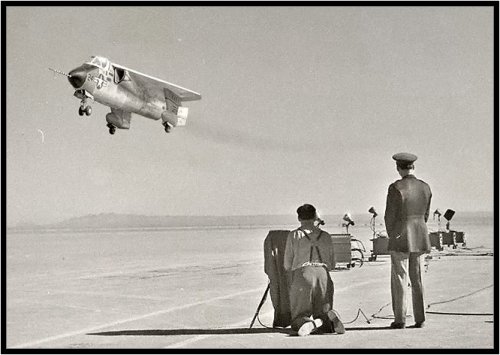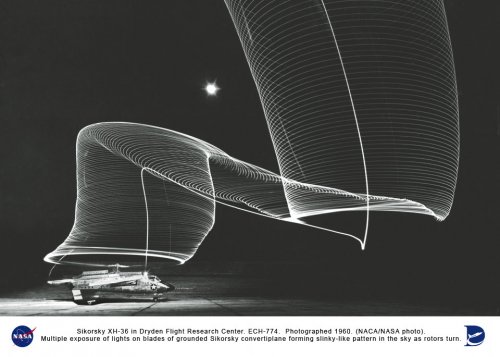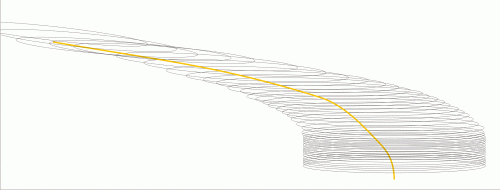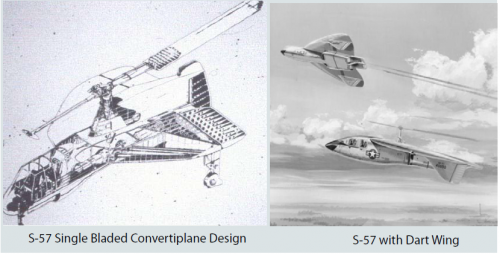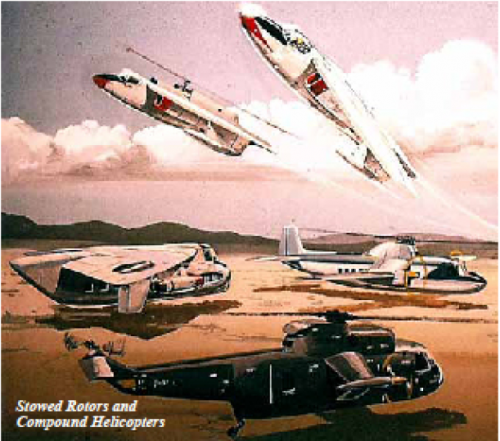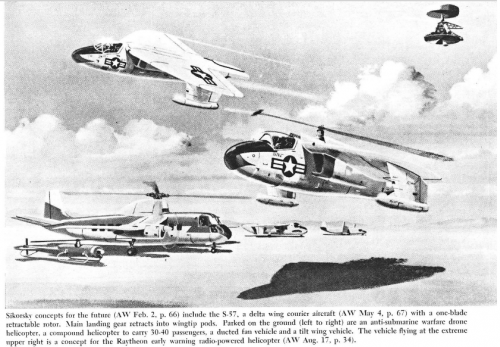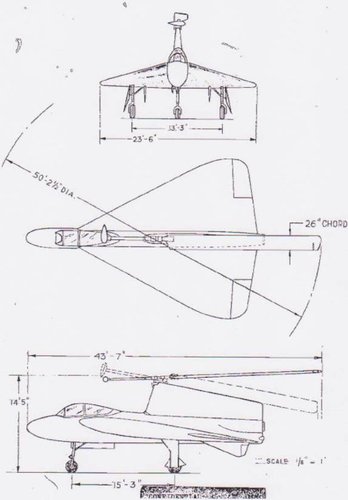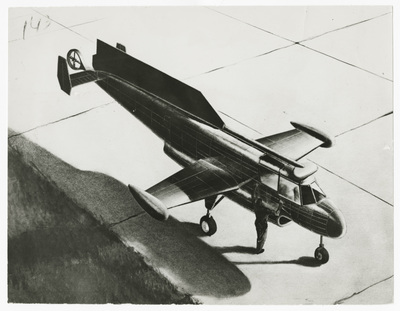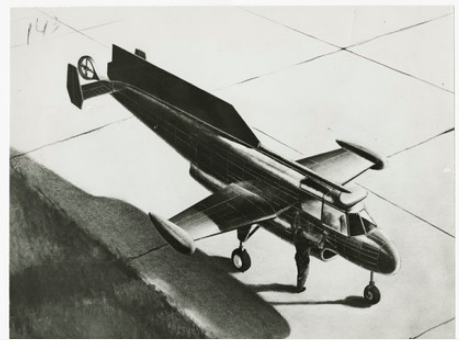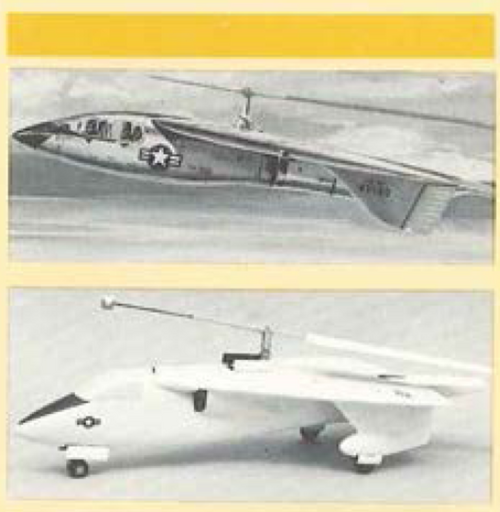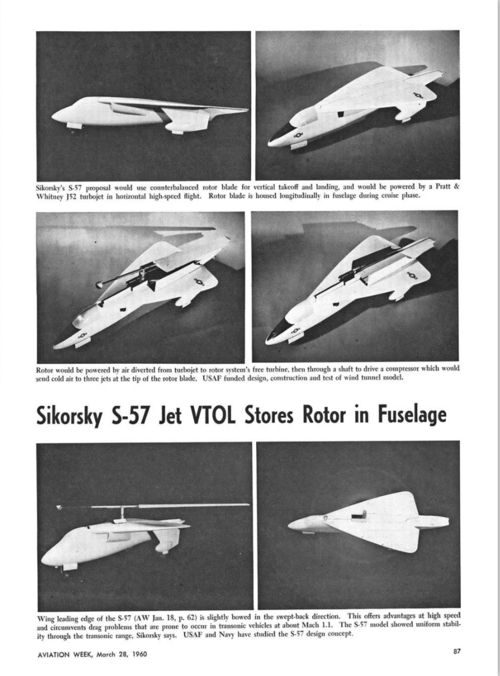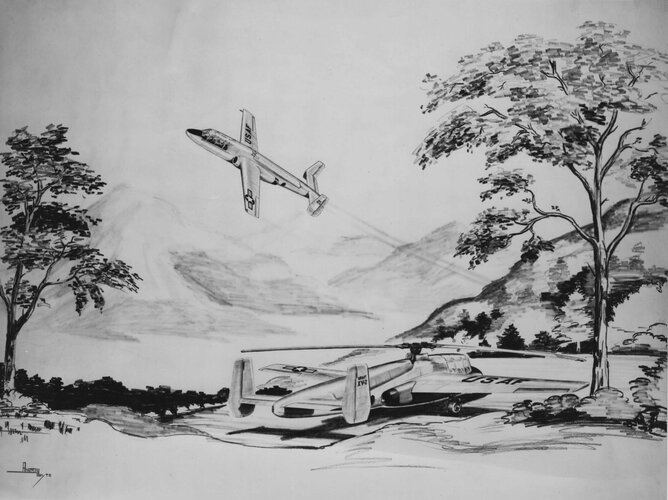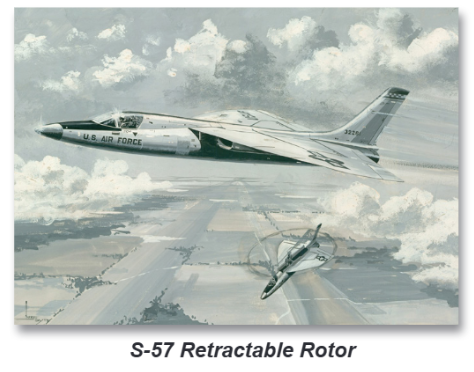- Joined
- 25 June 2009
- Messages
- 14,754
- Reaction score
- 6,155
Sikorsky's model history is pretty well known, but the undesignated projects that never left the drawing board do not appear that often.
I have a question concerning something that was called the Skyshark. And no, I didn't mean Douglas here! The name appeared, along with a logo, in Sikorsky's in-house bulletin circa 1971, with no further explanation. I attach the logo for reference. Could it be a naval helicopter project? Or a missile of some kind? I must say I never found anything else on the subject...
Incidentally, I find a reference for an article entitled "The Incredible Skyshark--First Amphibious Jet" in the Apr. 1971 issue of Popular Mechanics. Wonder if this could be related to it?
I have a question concerning something that was called the Skyshark. And no, I didn't mean Douglas here! The name appeared, along with a logo, in Sikorsky's in-house bulletin circa 1971, with no further explanation. I attach the logo for reference. Could it be a naval helicopter project? Or a missile of some kind? I must say I never found anything else on the subject...
Incidentally, I find a reference for an article entitled "The Incredible Skyshark--First Amphibious Jet" in the Apr. 1971 issue of Popular Mechanics. Wonder if this could be related to it?


